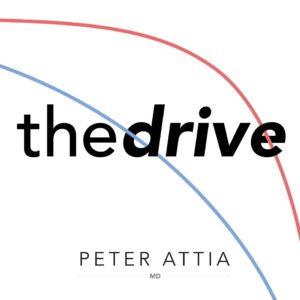
In this episode of “The History of Rome” podcast, titled “545- Shade Redux,” the host explores the importance of shade in the hot and arid environment of Los Angeles. The episode delves into the history of shade in the city, the unequal distribution of shade based on wealth, and the recent introduction of a controversial shade structure called La Sambrida. The discussion highlights the political inequity surrounding shade and the need for more meaningful solutions.
Shade plays a vital role in human comfort, particularly in hot and arid environments like Los Angeles. However, the city faces a significant problem with the unequal distribution of shade, which follows lines of wealth. Historical factors, such as the settlement of LA as a prairie and the subsequent development with a culture of sunlight, contribute to this inequity. Re-zoning in the 1930s further exacerbated the issue. Additionally, city regulations, including ADA compliance, pose challenges to adding shade in public spaces.
The history and cultural influences in LA have shaped its approach to shade. The city was settled according to the Law of the Indies, with a grid that provided both sunlight and shade. Spanish architecture prioritizes natural comfort, incorporating shaded courtyards and covered walkways. Palm trees were introduced to market LA as a tropical paradise and enhance the experience of window shopping from cars. However, the modern development of the city, driven by cheap electricity and the automobile, led to controlled air conditioning and freeways.
LA faces challenges in maintaining and expanding shade. Parks used to have more shade but were altered due to concerns about homelessness and increased visibility. Selective pressures, such as underground parking and pole cameras, contribute to the removal of trees. Homeowners and residents are responsible for street tree maintenance, but alternative approaches may be explored. The city aims to plant more trees, but limited space poses a challenge. Latino residents have knowledge of utilizing and creating shade structures in their neighborhoods.
The introduction of La Sambrida, a new shade feature for bus shelters, sparked controversy. Critics argue that the design and lack of meaningful shade make it underwhelming. The city claims La Sambrida addresses gender equity, as most transit riders are women. However, the frustration stems from the disconnect between the rhetoric of gender equity and the small size of the shade structure. It highlights the larger issue of shade as a political inequity. While any shade is better than none, accidental shady spaces on the street are not dignified, and regulations limit the shape and design of shade structures.
The episode sheds light on the importance of shade in Los Angeles and the unequal distribution of shade based on wealth. It explores the historical context, cultural influences, challenges, and potential solutions. The controversy surrounding La Sambrida highlights the need for more meaningful and equitable approaches to shade in the city. Shade is not only a matter of comfort but also a political inequity issue that should be addressed to protect the most vulnerable citizens.